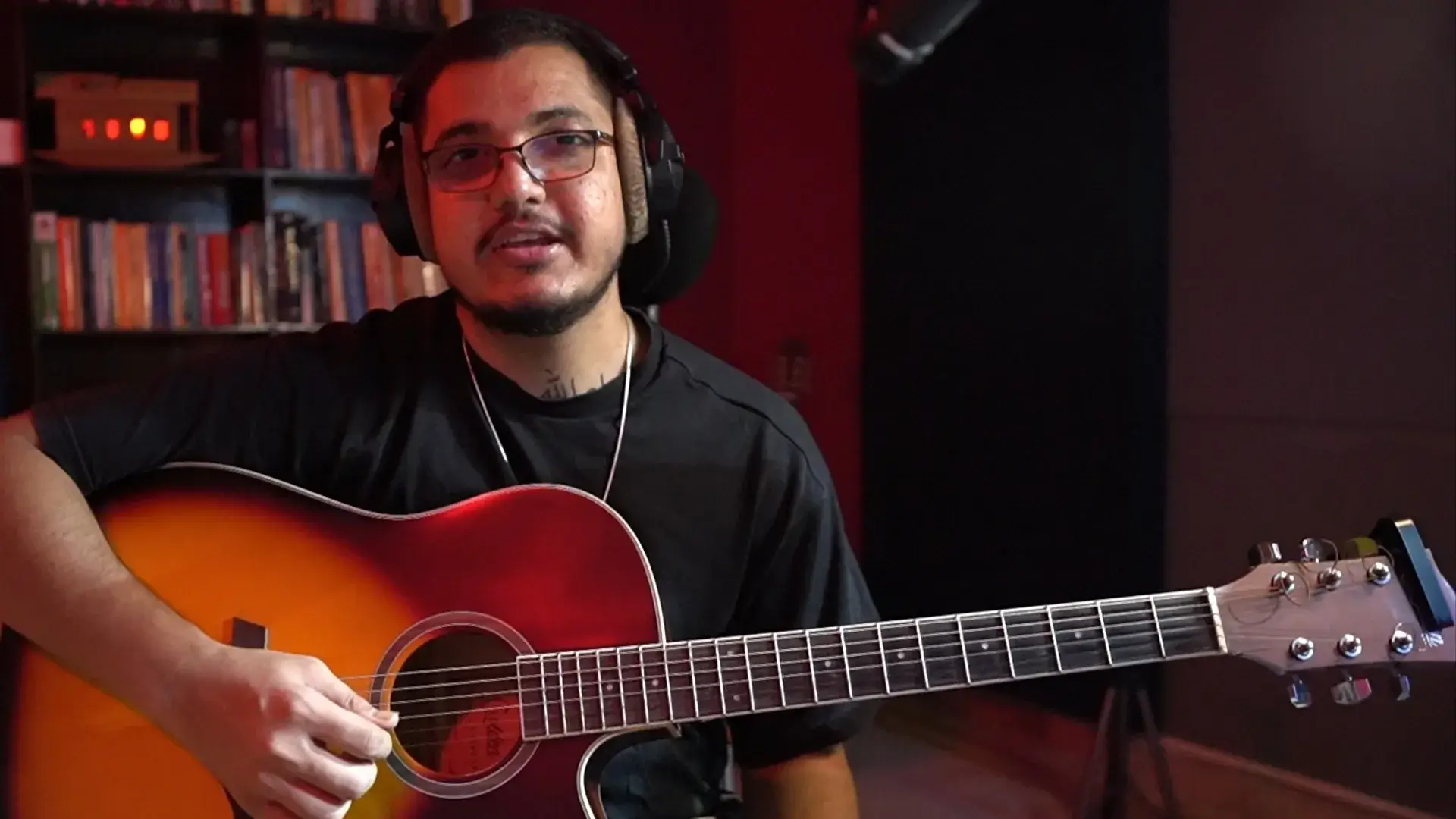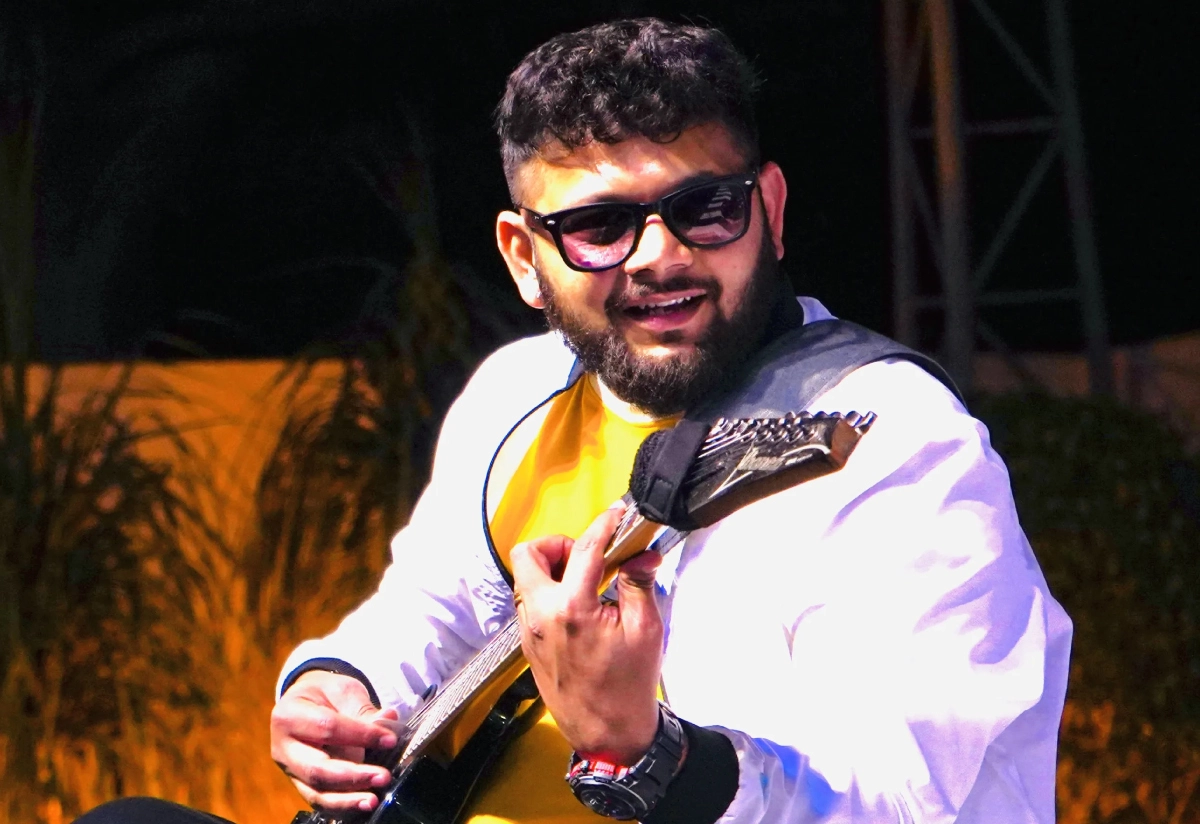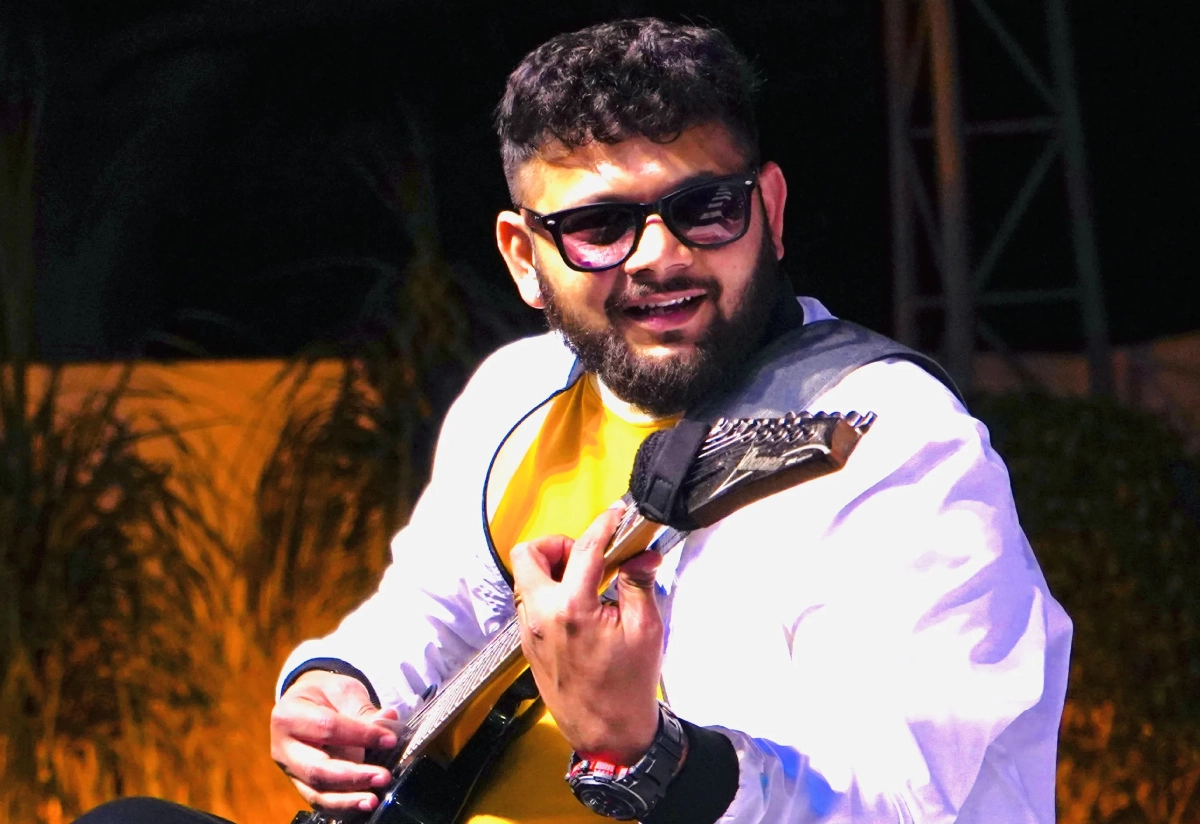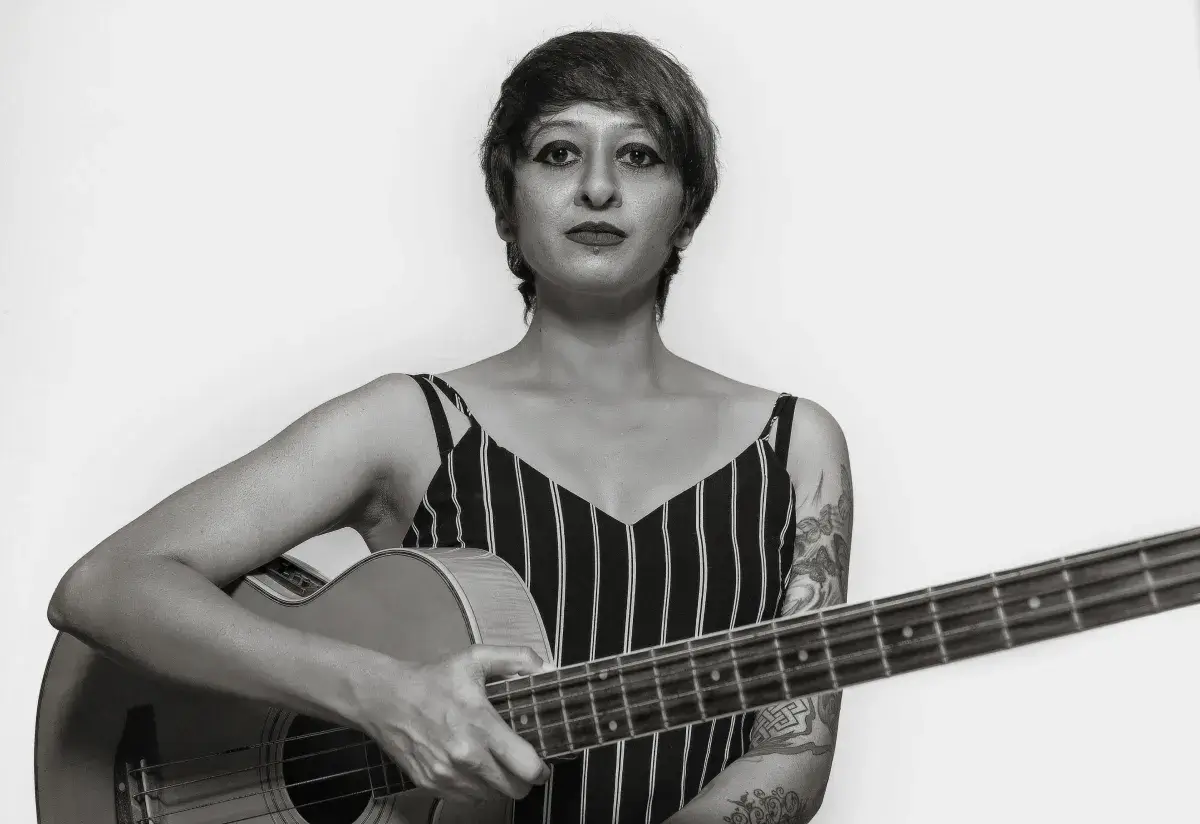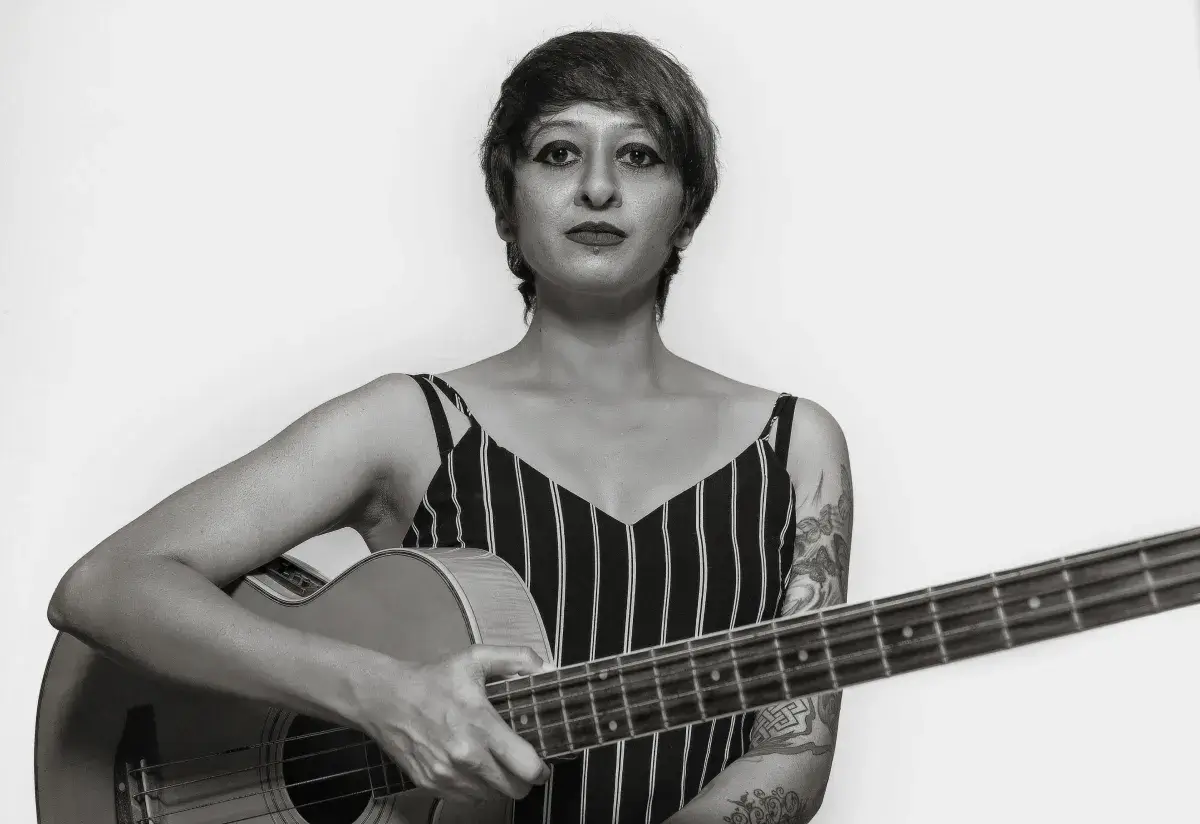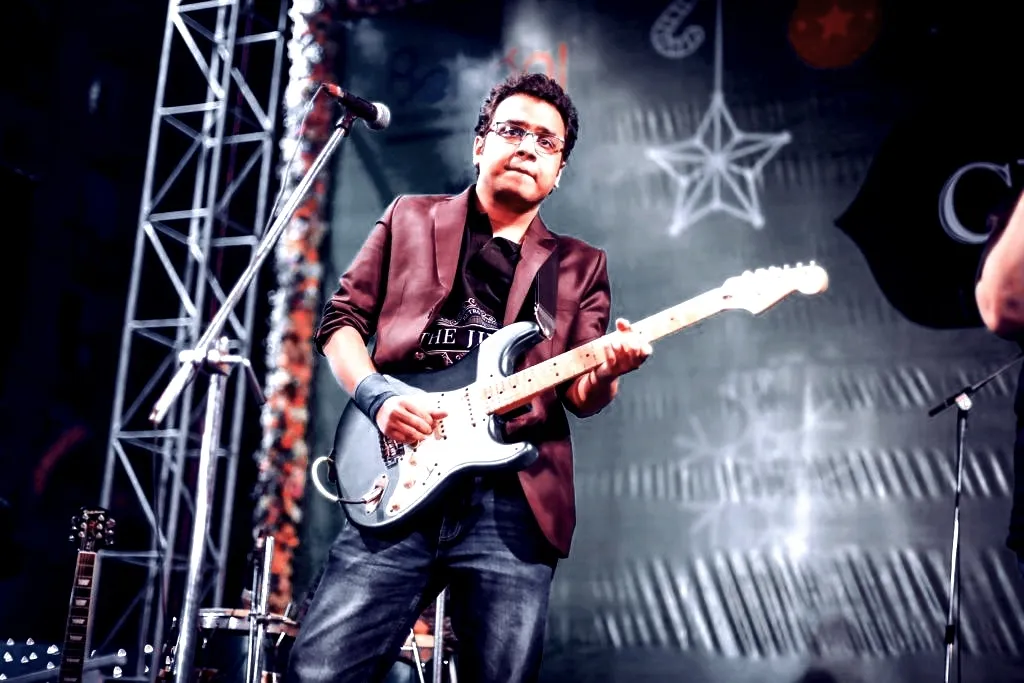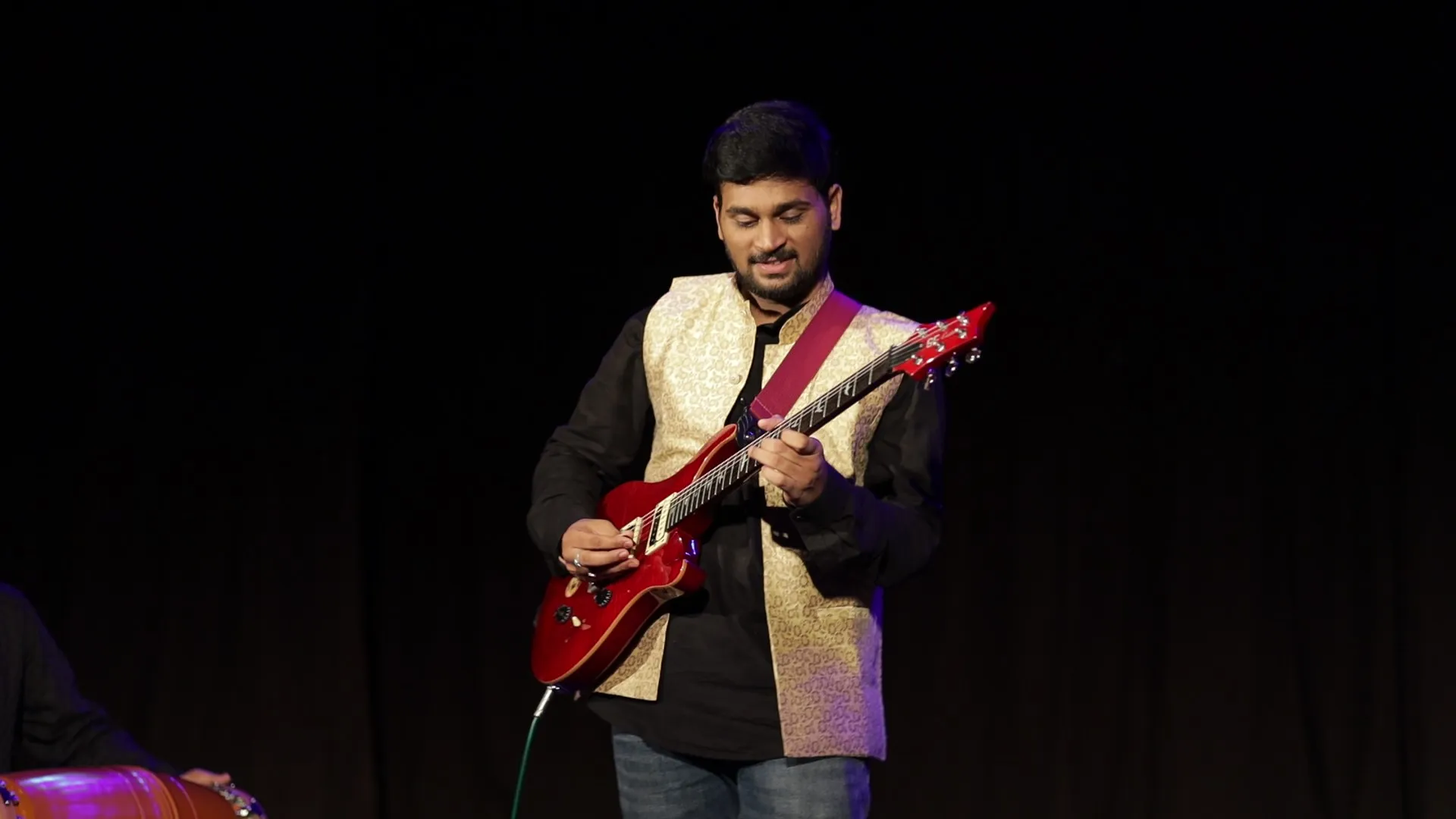Featured
Everything You Need to Know About Learning Slide Guitar
I had always associated guitar with contemporary music. However, it was a reality check for me when I witnessed Indian ragas being played on a guitar. A closer look at the instrument revealed a lot of detailing that the guitar I have known for so long, missed.
And the sound? Imagine the vivid nuances of Indian classical music like the gamak, murki, and touched notes being expressed in the same familiar sound of a guitar. For everyone still perplexed to read up till here - we are talking about a Slide Classical Guitar.
Today we have with us an incredibly versatile instrumentalist who has aced Western music on acoustic guitars with equal aplomb as Indian classical music on a slide guitar. His recitals on slide guitar are an inspiration for new music aspirants across age groups.
Let me introduce to you slide guitarist - Rhitom Sarkar. Rhitom started his musical journey with slide guitar under the expert guidance of Pandit Debashish Bhattacharya. ‘he trained with him for ten years. Thereafter, he started training under Pandit Shyamal Chatterjee - an association that is continuing even today. Later, he joined Madhu Mukherjee to learn acoustic guitar and Western music.
Rhitom is the torchbearer of the Senia Maihar gharana. He is an A-grade artist of All India Radio, a registered artist of ICCR, Spicmacay, and EZCC, a Sur-O-Mani Awardee from Mumbai, and an awardee from the Art and Cultural Foundation of the Indian Government. He is also a First class First Gold medalist, Sangeet Bhaskar from Chandigarh University.
The team of ipassio invited Rhitom to join as a teacher. And the journey has been rewarding for both.
We were fortunate to have Rhitom share some of the significant things that every new student should know before starting to learn slide guitar.
So here’s presenting Rhitom Sarkar sharing with me, Utpala Ghosh - from the Content Team of ipassio his views on everything that an aspiring student wants to know.
What is Slide Guitar? How is it different from Acoustic Guitar?
Normal guitars have six strings. There are two modes - one is the acoustic mode. The one that you play with the song with some chord support or while playing the lead of the song. These are generally played with a plectrum.
Slide guitar is played with a bar and fingerpicks. There are two types of Slide guitar - one is the six-string Hawaiian guitar. It is modified in the Indian slide guitar that I play, where there are 22 strings.
Where there are 12 sympathetic strings added to get the resonating effect of each and every note that you play. This is one extremely necessary feature for playing Indian classical music. There are 'dronning' strings as well as ‘chikari’ strings. Chikari strings are used to play fast-tempo jhala.
Learning objective of the students who learn slide guitar
“In my subject, which is Slide Guitar, I have seen three types of students,” Rithom explains.
“The first type wants to know about the different aspects of Slide Guitar. They want to know what they can play, how they can play, and how to improve their skills at playing the instrument. So the first motive is to know your instrument better.
The second type of student is interested in playing Indian classical music on Slide Guitar - how to do the Raga. How to render the detailing in the Raga structure, and composition, and how the variations in the composition are done? What is the Taan pattern that you can play on the Slide Guitar? How to imbibe the technique of Sitar and Sarod in the Slide Guitar and play.
The third type of student learns some specific tune - like the Bollywood, semiclassical, or folk tune. They are mainly interested in playing songs.”
Teaching Methodology and Curriculum Planning
“First of all, I ask them about their objective behind learning Slide Guitar. I also ask them why have they picked Slide Guitar. I ask them how they want to project themselves in the next 6 months to one year time after learning. So according to that, I start the procedure for teaching them,” says Rithom as he explains his approach towards students with diverse learning objectives.
Elaborating more on his teaching methodology and curriculum for Slide Guitar, Rithom states, “I teach both forms of instruments - the acoustic guitar as well as slide guitar. In the acoustic guitar classes, I teach Western, Bollywood, and Indian classical music.”
He continues, “I also teach three modes of Slide Guitar as well. Suppose there is a Western number, how do you blend the Western music with Indian classical music, the second thing is Indian classical Raga details and the third this is playing Bollywood music or any soft music or live song on the Slide Guitar.”
Golden Tips for Slide Guitar Students
Consistency in Practice
“Initially, I ask my students to start half-an-hour practice with the instrument regularly. Because, if I ask them to practice for four hours every day, they will run away from the practice,” says Rithom.
You need to develop the habit of practicing every day.
Also, right from the first day, you can’t sit for four-five hours. Your hands need to be adjusted. Sitting in the Padmasana for hours long is a tough job in itself.
Prepare your Body for long-hour practice
In order to become an instrumentalist, you must be physically fit and mentally alert. The difference between Indian classical music and light song is that while singing a Bollywood song, you can sing while walking or moving on the stage, coordinating with all the musicians on the stage.
But while performing Indian classical music, it is just you and the tabla player. The performance will be for one hour without any break in between. And the entire focus of the audience is on you. Hence, you have to develop that concentration. So the first practice is to sit in the Padmasana pose for at least one hour.
Steps to Follow Before You Strike the Strings
From what I understand about music, I believe that for vocal music you have to tune your voice, and for instrumental music like Slide Guitar, you have to tune your fingers. So how do you do that?
Rhitom says, “For instrumental music, you have to develop three things -
- Firstly, without knowing vocal music, you cannot play instrumental music. That is a separate riyaaz or practice. Once you can sing that composition, you can play it on the instrument. So, does that mean that your students have to learn vocal music parallelly with instrumental? Rhitom says, “No, that is not necessary. What I do is - whenever I give a new composition or Raga, I always give the notation to them. And I make them practice singing. If you do not know each and every tuning of the note, you will not be able to play.
- After voice training, you also have to know the Tabla section. Because Taal is an important part. And then you can try to play the same thing that you sang on your instrument. As it is said that in order to become a musician you have to develop five senses - sur, taal, laya, chhanda, and matraa. And it only comes through practice.”
- The other most significant factor is listening to music. In Indian classical music, if you play for one hour, you have to sing for four hours. Listening is the main source of input.
So after listening, you should sing and then you should try to play that on your instrument. Playing is the last part.
Why do People Drop Out
There is a common tendency among the parents. Whenever student reaches 9th or 10th standard and they have to prepare for their board exam, the first thing that they do is stop learning music.
They think that disturbs the study. “But if you ask me, I would say that the children should practice Indian classical music more when the exams are coming,” says Rithom. “Because practicing classical music helps to develop your concentration level. You don't need to do meditation separately to develop your concentration level.
With better concentration power, what you are studying in four hours, you can complete in just 2 hours. Ultimately, music is helping in your study. Leaving music is one of the biggest mistakes that we do,” he explains.
The other reason is that the Gurus always say that this is a very hard subject. It requires a long time to achieve a particular position or you have to do riyaaz for a very long time. This creates fear inside students’ minds.
Rithom advises, “Do not take music as a task. Music is your passion.”
In Conclusion…
The slide guitar is one of the most versatile musical instruments. Students from all over the world are intrigued to learn this instrument. It is advisable for aspiring Slide Guitarists who can’t find good offline classes close to their residence to look for online Slide Guitar classes that offer individual classes with customized curricula. That is all you need to embark on an extremely fulfilling musical journey.


